Japanese Sitting Traditions
The cultural significance of Japanese sitting postures – "seiza" and "agura" – and the art of enduring discomfort for tradition.
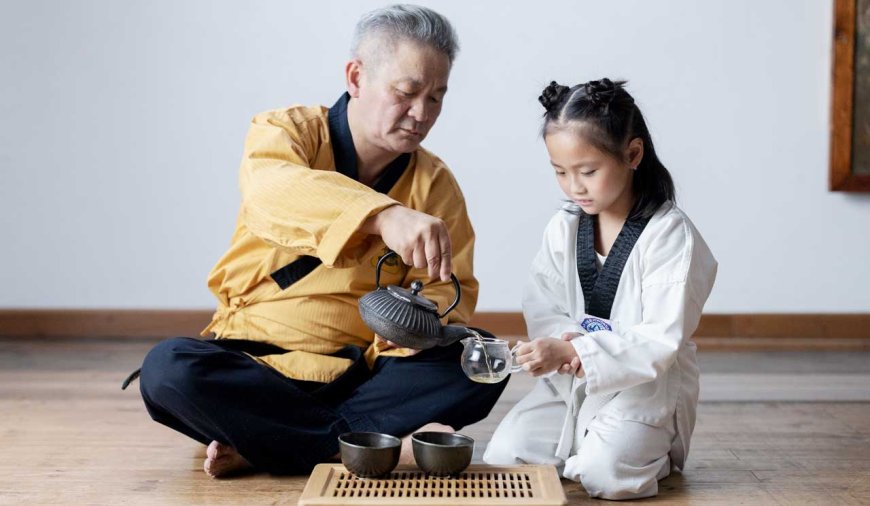
Uncomfortable Elegance in Japanese Seating Traditions
Japan stands out with its unique customs and traditions. One such aspect is the way the Japanese sit, which is a reflection of their cultural values and etiquettes. In this article, we delve into two distinct sitting positions – "seiza" and "agura" – exploring their significance and shedding light on the discomfort that is an integral part of these postures.
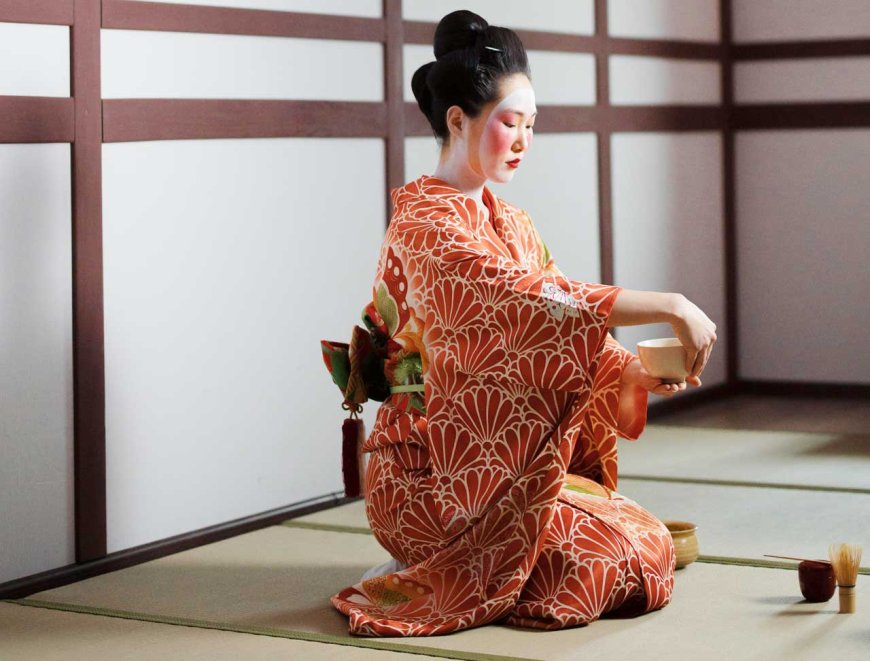
Seiza: The Formal Kneeling Position
Seiza, translated as "correct sitting," is a traditional Japanese sitting posture that involves kneeling on the floor with the tops of the feet flat against the ground and the buttocks resting on the heels. This position is often associated with formal settings, such as tea ceremonies, martial arts, and traditional ceremonies.
Why Seiza? - Seiza is deeply rooted in Japanese culture, symbolizing respect, discipline, and humility. It is a way of expressing attentiveness and politeness, especially during formal occasions. While it may seem uncomfortable to those unfamiliar with it, the Japanese have mastered the art of enduring this position with grace and poise.
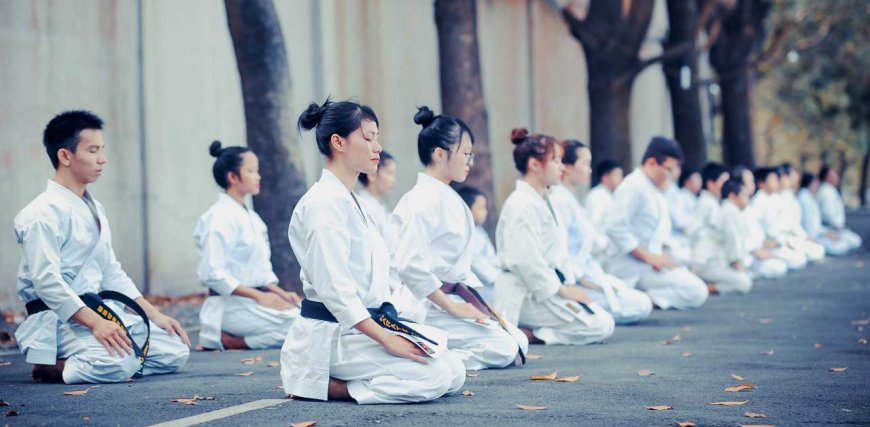
Training the Body and Mind - Regular practice of seiza is believed to have physical and mental benefits. It helps improve posture, strengthens the core muscles, and fosters a sense of mindfulness. Many traditional Japanese practices incorporate seiza to instill a sense of discipline and concentration.
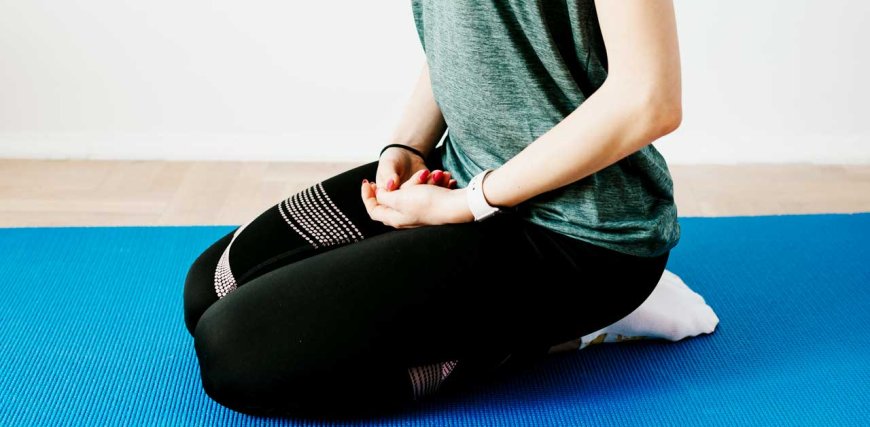
Agura: The Cross-Legged Stance
Agura, or sitting cross-legged, is another common sitting posture in Japan. In this position, one leg is bent and tucked in front of the body, while the other leg is bent and positioned behind. Agura is a more relaxed and informal way of sitting compared to seiza.
Casual Comfort with Agura - Unlike the formal nature of seiza, agura is often adopted in casual and everyday settings. It is a common sight in homes, at informal gatherings, and during leisure activities. Agura allows for a greater degree of flexibility and comfort, making it a popular choice for relaxation.

Symbolism of Agura - Agura is not just about physical comfort; it also reflects a certain level of informality and openness. While seiza emphasizes respect and formality, agura is associated with a more laid-back and approachable demeanor. The choice between these sitting positions often depends on the context and the relationships between individuals.
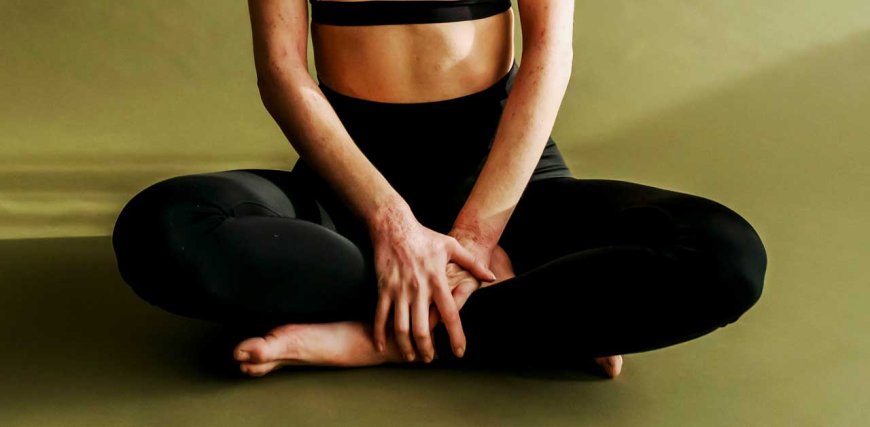
The Uncomfortable Reality: Embracing Discomfort for Tradition
Both seiza and agura come with their fair share of discomfort, especially for those unaccustomed to these sitting postures. The physical strain may lead one to wonder why the Japanese choose to endure such discomfort voluntarily.
Cultural Endurance - The discomfort associated with seiza and agura is seen as a form of cultural endurance. By willingly embracing discomfort, the Japanese exhibit their commitment to tradition and their ability to endure challenges with resilience. It becomes a shared experience that binds individuals in a cultural context.
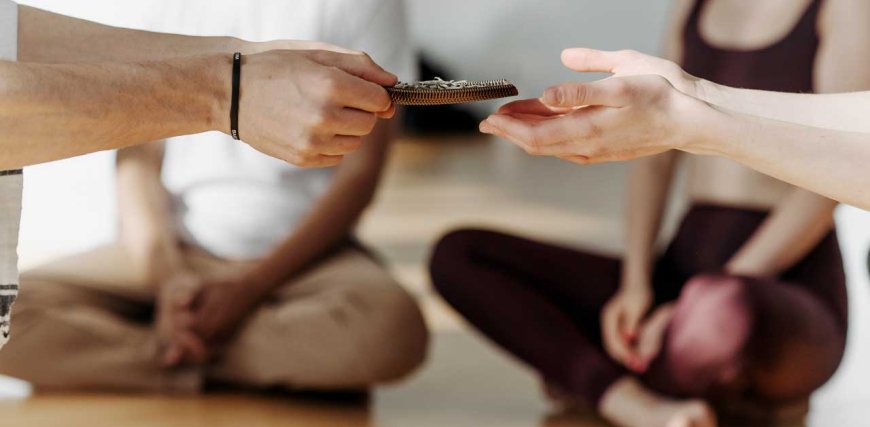
Changing Dynamics - In modern Japan, the younger generation may find these traditional sitting positions challenging, and there is a shift towards more Western-style seating. However, the essence of seiza and agura remains a significant aspect of Japanese culture, fostering a connection between the past and the present.
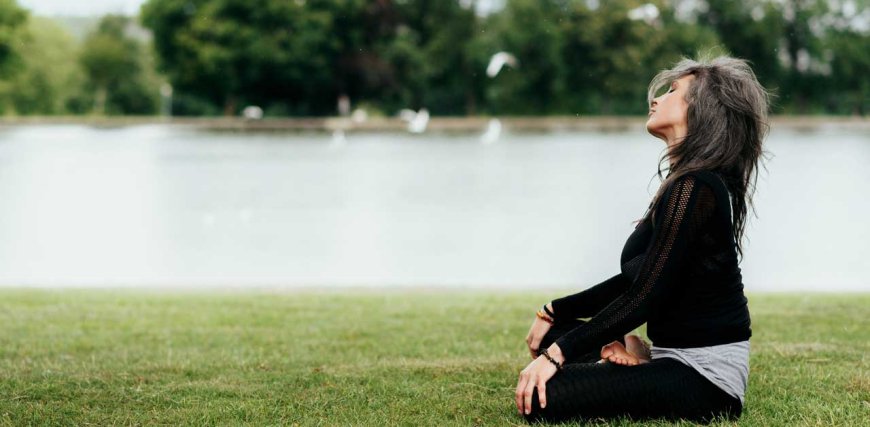
The art of sitting in Japan goes beyond mere physical postures; it is a reflection of cultural values, respect, and tradition. Seiza and agura, though seemingly uncomfortable to outsiders, show how rich the Japanese culture is. Whether formal or informal, these sitting positions tell a story of endurance, discipline, and the enduring spirit of a culture that cherishes its traditions.
Find Cheap Flight Tickets to any Destinations in Japan and the Philippines
Nipino.com is committed to providing you with accurate and genuine content. Let us know your opinion by clicking HERE.































































